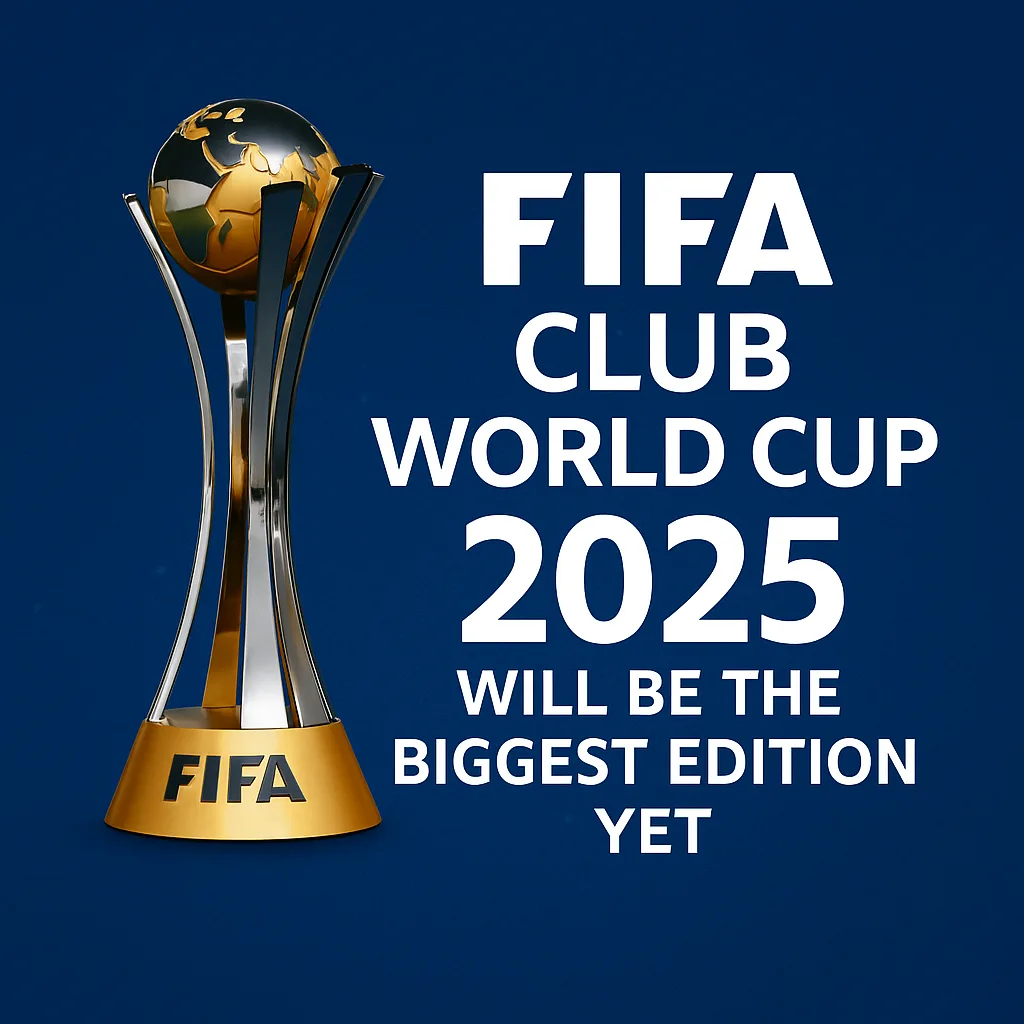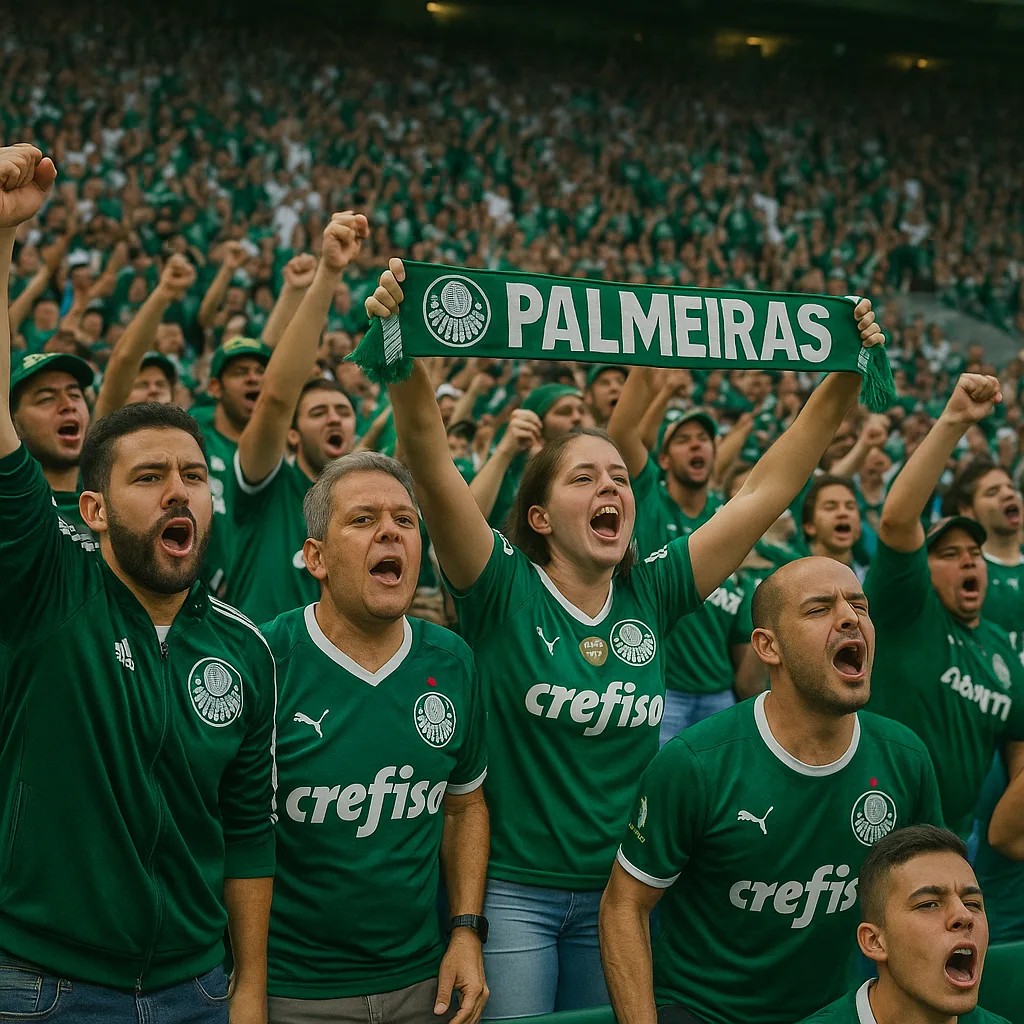As the FIFA Club World Cup 2025 approaches, the spotlight isn’t just on what happens on the field — it’s also on what happens off it, in the streets, fan zones, stadiums, and communities of the U.S. host cities. With teams and supporters traveling from six continents, the big question is:
Are these cities truly diversity prepared to welcome global fans with inclusive, respectful, and culturally competent experiences?
This report dives into the current readiness of U.S. host cities in terms of diversity, accessibility, language support, and cultural inclusivity — all crucial components to ensure every fan feels not only welcome but celebrated.
🗽 The Stage: A Tournament of Global Cultures
The FIFA Club World Cup 2025 will feature 32 of the world’s top clubs, including Real Madrid, Al Ahly, Fluminense, Al Hilal, Auckland City, Mamelodi Sundowns, and Seattle Sounders. That means fans from Europe, Africa, Asia, Oceania, and the Americas will gather in cities like New York, Miami, Los Angeles, Seattle, and Dallas.
These fans are not only diverse in nationality but also in language, religion, dietary needs, gender identity, and mobility access. Hosting them is more than just selling tickets — it’s about creating an environment of belonging and respect.
📊 Where We Stand: A Snapshot of Inclusion Readiness
Here’s how U.S. host cities currently measure up on fan inclusion based on available public data, local government policy, and community initiatives.
✅ 1. Language Accessibility
- Strengths:
Most stadiums offer bilingual signage (English/Spanish), and tourist centers in NYC, LA, and Miami already provide multilingual services. - Gaps:
Languages like Arabic, French, Portuguese, and Korean, which will be relevant for this event, are less frequently accommodated. Some digital services still lag behind in translation.
✅ 2. Cultural Food Options
- Strengths:
Cities like Los Angeles and New York already host thriving communities from almost every continent. Expect food vendors and pop-ups offering halal, kosher, vegetarian, and international cuisines near match zones. - Gaps:
Stadium concessions still lean heavily on fast food. Expect improvements but not complete representation inside all venues.
✅ 3. Religious Accommodations
- Strengths:
NYC and Chicago airports, fan zones, and parks have multi-faith prayer rooms and spaces for reflection. - Gaps:
Stadiums rarely offer on-site prayer rooms. Awareness campaigns will be crucial to guide fans to nearby religious spaces.
✅ 4. LGBTQ+ Safety and Inclusion
- Strengths:
U.S. cities like San Francisco, NYC, and LA are among the most LGBTQ+-friendly in the world. Local Pride organizations are already preparing welcome events. - Gaps:
Not all fans from conservative backgrounds may feel aligned with U.S. openness. Education and clear codes of conduct will help avoid misunderstanding and conflict.
✅ 5. Disability & Mobility Access
- Strengths:
American stadiums are generally ADA-compliant, with elevators, seating, restrooms, and shuttle options available. - Gaps:
Long lines, confusing layouts, and limited signage may still affect non-English-speaking or neurodiverse visitors. Trained volunteers can help.
🧭 What Cities Are Doing About Diversity
Some host cities are proactively addressing inclusion:
🗽 New York City
- Translation booths and mobile language apps for fans
- Interfaith welcome centers
- Partnerships with cultural embassies to host welcome events
🌴 Miami
- Multilingual fan guides tailored to Latin American fans
- Inclusive food festivals celebrating each team’s home country
- LGBTQ+ friendly zones integrated into fan activations
🎬 Los Angeles
- Partnerships with immigrant communities to host localized fan events
- Pop-up food and prayer stations near SoFi Stadium
- Volunteer recruitment from multilingual neighborhoods
These cities are treating the Club World Cup like a World’s Fair for football culture — and that’s exactly what it should be.
🧠 The Importance of Cultural Sensitivity Training
One area that needs improvement is how staff and volunteers are trained. Most fans won’t care who wins or loses if their first experience at the stadium is rude, ignorant, or exclusive.
FIFA and local organizing committees should prioritize workshops on:
- Basic greetings and customs from each represented region
- How to handle fan disagreements respectfully
- Religious and dietary sensitivity
- Pronoun and gender-respect etiquette
Small details like signage in multiple languages, culturally relevant food, or a volunteer offering help in Arabic or Swahili can turn a good event into a great one.
🔍 Fans Speak: What They Want
According to a FIFA fan inclusion survey (2023), here’s what global fans say matters most:
- Being welcomed in their own language
- Affordable food and transport options
- Respect for their culture and identity
- A safe space to celebrate, no matter where they’re from
If U.S. host cities listen and respond, they won’t just be good hosts—they’ll be cultural ambassadors.
✨ The Opportunity: Redefine Hosting Standards
The FIFA Club World Cup 2025 isn’t just a sports tournament. It’s a once-in-a-lifetime chance to prove that America can host the most inclusive, respectful, and electrifying football event ever.
We already know U.S. cities can build the stadiums and sell the tickets. But now, the world is asking something deeper:
Can you make every fan feel like they belong?
📣 Final Thoughts
The answer is: Yes the cities are working on diversity — but not without intention.
Inclusion doesn’t happen by accident. It’s built through planning, partnerships, training, and cultural empathy. With the FIFA Club World Cup 2025 fast approaching, U.S. host cities still have time to refine their strategies and create an event where every chant, cheer, and celebration feels like home—no matter where you’re from.
🗺️ For more fan insights, cultural guides, and behind-the-scenes stories from the tournament, visit @soccernpopcorn

I’m a Brazilian copywriter and the voice behind Soccer n Popcorn. I’ve been in love with football for as long as I can remember — especially the electric energy of stadiums and the stories that unfold off the pitch. From fan chants to behind-the-scenes rituals, I’m here to explore everything that makes the game more than just 90 minutes.

